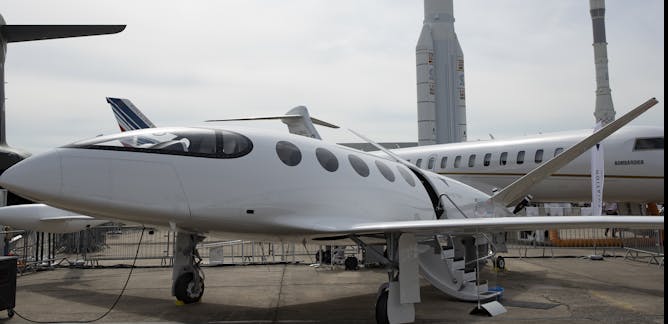
Articles on Future of transport
Displaying 1 - 20 of 29 articles

Small regional flights will soon start going electric but batteries are unlikely to ever fully power large airliners.
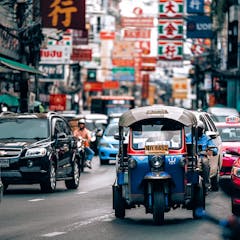
Electrifying transport needs bigger changes than another high-end electric car.
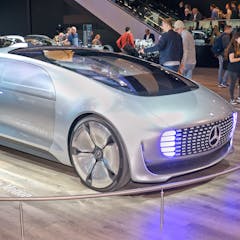
The year 2030 may not seem far away, but a decade is a long time in technological terms. Widespread automation, electrification, and connectivity are set to revolutionise the car of the future.
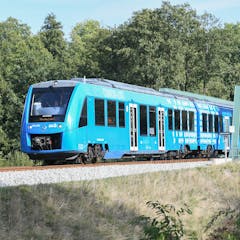
Fuel cells are being touted as an alternative to costly electrification – but no one knows if they’ll really be cheaper.
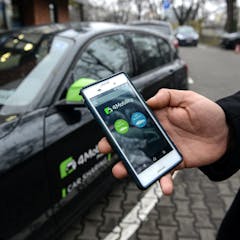
Investment is pouring into urban technology, much of it into innovative ventures that aim to transform how we get around our cities.
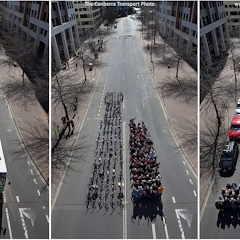
Blind belief that new technology and disruptive innovation will fix congestion in our cities overlooks the need for strong leadership that supports progressive policy innovation.
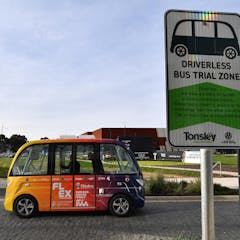
To maximise the benefits and limit the costs, the use of autonomous vehicles should be pooled and their access to the city restricted.
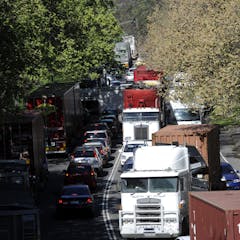
A project set up north of Melbourne’s CBD aims to create a living laboratory for developing a highly integrated, smart, multimodal transport system.

With 35 new inter-city routes shortlisted for testing, it’s time to start taking hyperloop seriously.
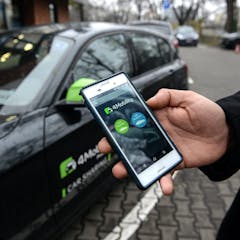
Roads versus public transport: for decades, these have been the battle lines in debates over transport in our cities. But a revolution in mobility is under way that will transform our thinking.

Don’t expect a solar-powered 747 anytime soon.
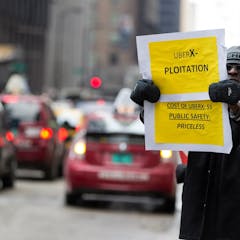
Uber actively encloses what could be a more open city in which riders and drivers work to benefit city residents.
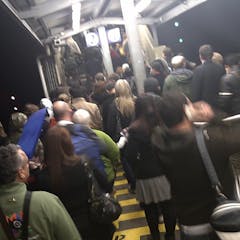
Using elements of game play, we can create incentives for people to change how and when they make various transport choices in ways that enable the whole system to work better.
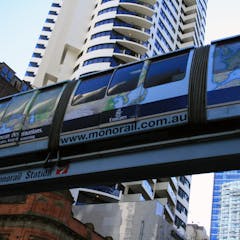
Infrastructure Australia’s latest report is substantial but, critically, it fails to incorporate the transport thinking needed to develop more compact cities that work better for everyone.
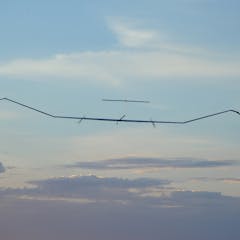
Internet connections could one day come from solar-powered planes that fly for months or even longer at a time.
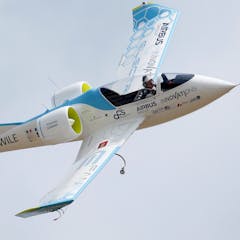
With emissions targets to hit and oil running out, it’s time to take electric planes seriously.

Despite futuristic predictions, planes, cars and trains haven’t changed much for decades.
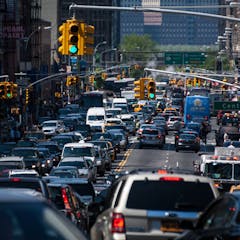
Worldwide, everyone’s moving to the city - we need to work smart to stay moving and avoid global gridlock.

Innovative ideas about how to decarbonise shipping are helping to harness the original renewable power source once more.
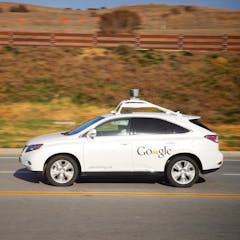
Despite disruptive innovation and significant investment in public transport, our old ways of travelling look here to stay.
